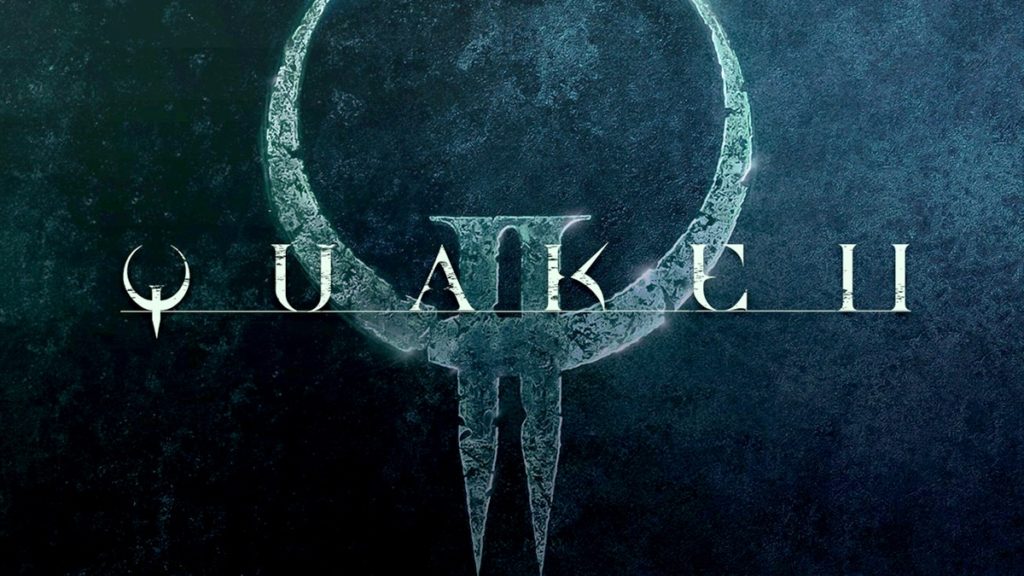You know,
I'm not sure I consider Quake II one of the greats.
It was good at the time, but kind of a boring gibfest game.
If this is cheap enough, I might pick it up for ****s and giggles and play it.
Not sure if any of the raytracing effects are worthwhile on an AMD GPU though. That said, on something this old, there might be plenty of horsepower left over to brute force it.
Edit:
Oh, it's free. I'll play around with it for free...
Edit2:
So, you need to either own the original Quake2, or you can install it based on the Quake2 shareware demo, so essentially this is a mod.
I have no idea where my old Quake2 disk is from the 90's is. Heck, I can't even remember if I bought the thing or if I pirated it back then. I was hugely into piracy when I was younger and justified it using - in retrospect - stupid rationalizations.
I decided to buy the original Quake 2, available on Steam for $4.99
I am fine through ID Software a bone for the good memories.
Edit3:
Lol. 23fps on a highly overclocked 6900xt with RT on at 4k.
Reminds me of old school gaming on my Pentium 120 Mhz without a 3D card

Let's see if some creative resolutions (3840x1646 ultrawide) and FSR can help make this more playable
 Edit4:
Edit4:
3840x1646 brings us to ~34fps
Adding FSR on top of that is confusing in the settings. There is a menu option to turn FSR on, but then no options for scaling, until you go to another game menu where you can select scaling percentages. I'm not sure if these are some other scaling method, or if they are FSR. I set the scaling to 70% as that's what I remember being "Ultra Quality" (I might be off, I'm just doing this from memory)
This got me up to 62fps, more than I had expected. Usually FSR ultra only gives you 20-30%.
There is a slight loss in sharpness, but it isn't too bad. it is completely playable.
****. I had forgotten how ultra fast movement was in these old Quake games. In real life not even Ben Johnson could keep this up.
Performance is a little bit disappointing given my hardware, but lets not forget that this is essentially an Nvidia tech demo, so expectations are that it would not necessarily run well on the competitions hardware.
I might play through it for old times sake if I get bored.

